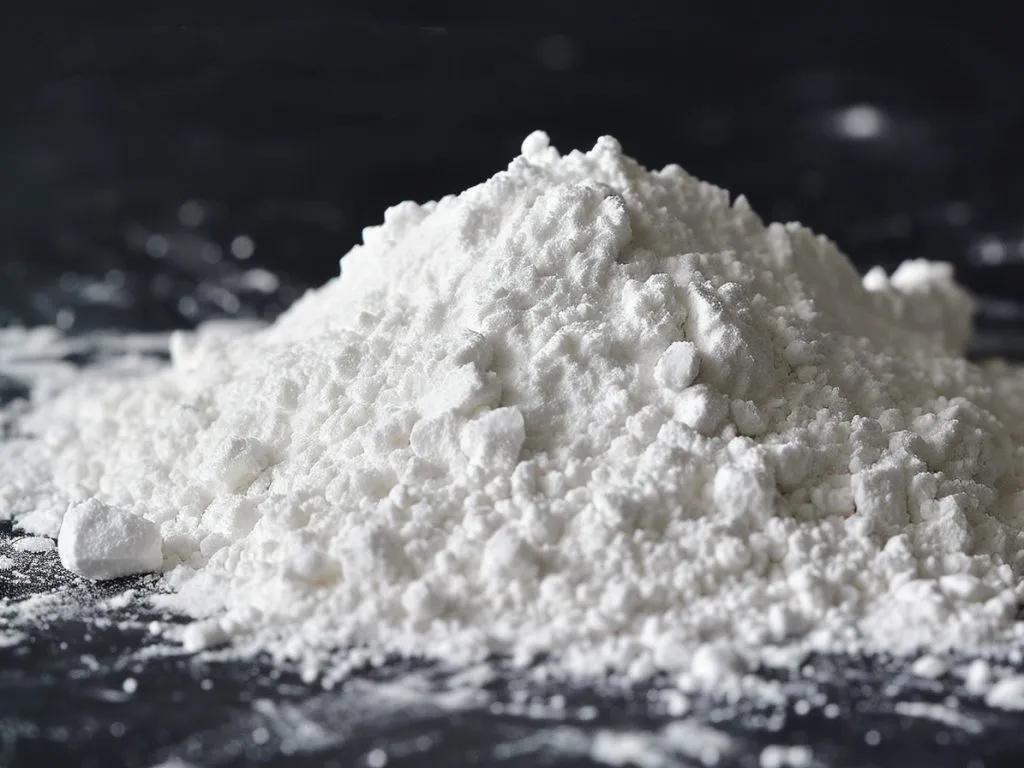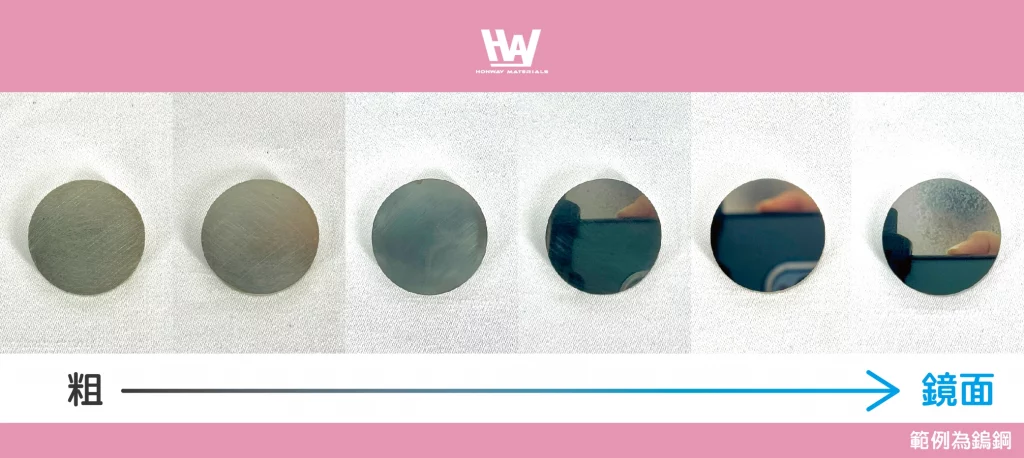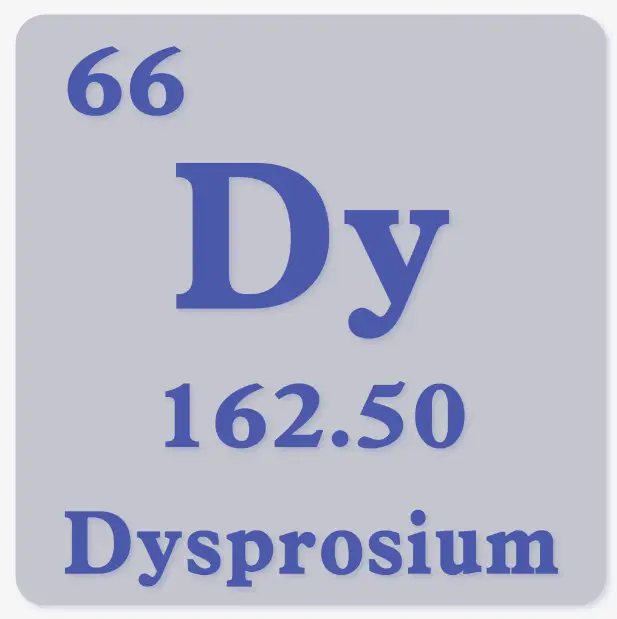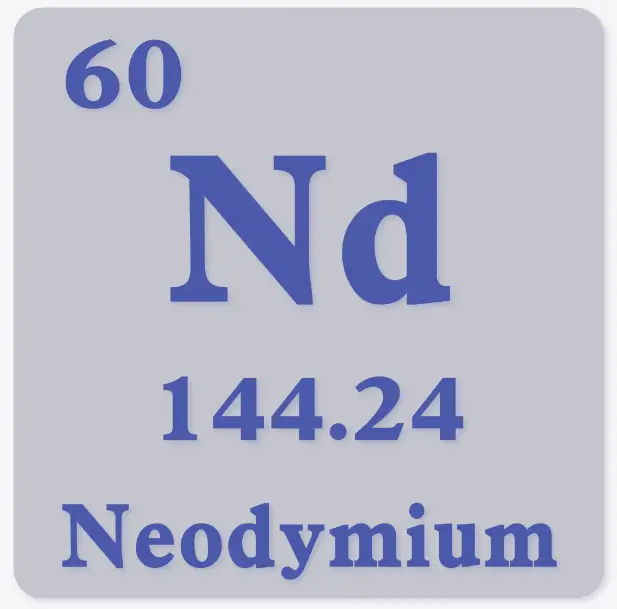Product Applications
roduct Applications : HonWay’s brand value is to provide the most suitable and best products for each customer. Not only that, but HonWay also has a wide range of product applications from superabrasive to raw materials for our customers to reference, understand and use.















